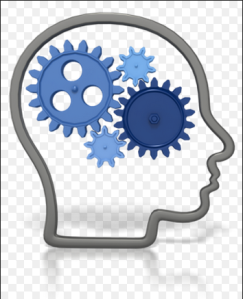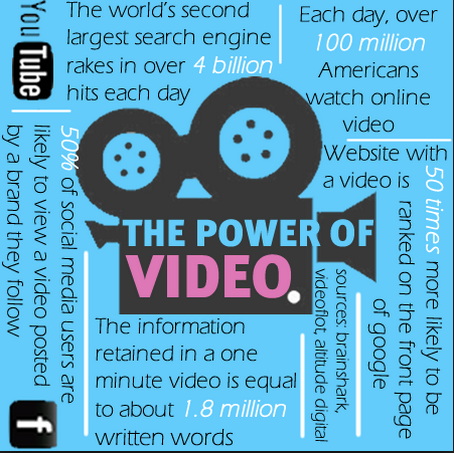There is only one success: To be able to spend your life in your own way.
-Christopher Morley
Empowerment, Choice, Independence. These are words I use to describe what I wish for my High School students; that when they leave us after twelve years of education, they are prepared for that Next Step of their choosing.
The challenge for me is that even though the end goal is clear, students arrive to our classroom to begin the journey with very different experiences and knowledge. How can we support all students in reaching their goals? How can science be the great equalizer?
The Why…
Scientific literacy is necessary for every adult to live a successful life. In this globally connected society, information is literally available at our fingertips. When we can evaluate information and weigh available evidence, we are empowered when making important choices. These choices impact our health and our families and enable to participate as citizens by making informed decisions. In addition, employability in the modern world requires collaboration, decision-making, problem-solving and communication skills as well as the ability to respond to changing circumstances. Using the standards to drive our classroom instruction and assessment means we are using current research on how students best learn science as well incorporating the 21st Century skills that employers want. The Next Step requires scientific literacy and 21st Century skills; the NGSS standards provide a path to achieve a vision of student independence, empowerment, and choice.
The How…
WIth the standards as our guide, our classroom learning will focus on students gathering, reasoning and communicating evidence-based thinking in a variety of formats and through a variety of vehicles. Students will use the practices of scientists, leverage thinking tools, and use the core ideas of science and engineering to explain their world or solve problems. This focus on “figuring things out” as opposed to collecting facts told to them leads to deep understanding because students are interested and engaged in the learning that focuses on their questions and curiosities.
The What…
Our students will make their thinking visible through products that serve as evidences of NGSS learning. We need your support and feedback about our products to move us forward. Our “thinking products” will include explanations, models, and arguments shared through multiple vehicles like video, speaking, writing, and screencast. Your feedback about our products and evidence-based communications will help prepare us for the Next Step. Please follow our class story on Twitter at @BCHSstory and through our website at https://bchsshelton.wordpress.com/ and share your feedback and our products!
Image credit: http://success8760.com/wp-content/uploads/2013/11/Power-of-video-infograph.png
This blog framework was inspired by the Ted Talk: How Great Leaders Inspire Action and the book Start With Why by Simon Sinek
Classroom Commentary and Resources
Communicating the WHY, HOW and WHAT with classroom partners (students and parents) is essential to successful teaching and learning. Here are some resources we use to communicate our WHY:
Next Generation Science Standards Q and A: Fostering Science Learning to Last a Lifetime
http://www.nsta.org/docs/NGSSParentGuide.pdf
NGSS@NSTA Hub
http://ngss.nsta.org/parent-q-and-a.aspx
The 10 SKills Employers Most Want in 2015 Graduates by Susan Adams/ Forbes Staff
Why the Science Standards
http://www.nextgenscience.org/case-next-generation-science-standards




